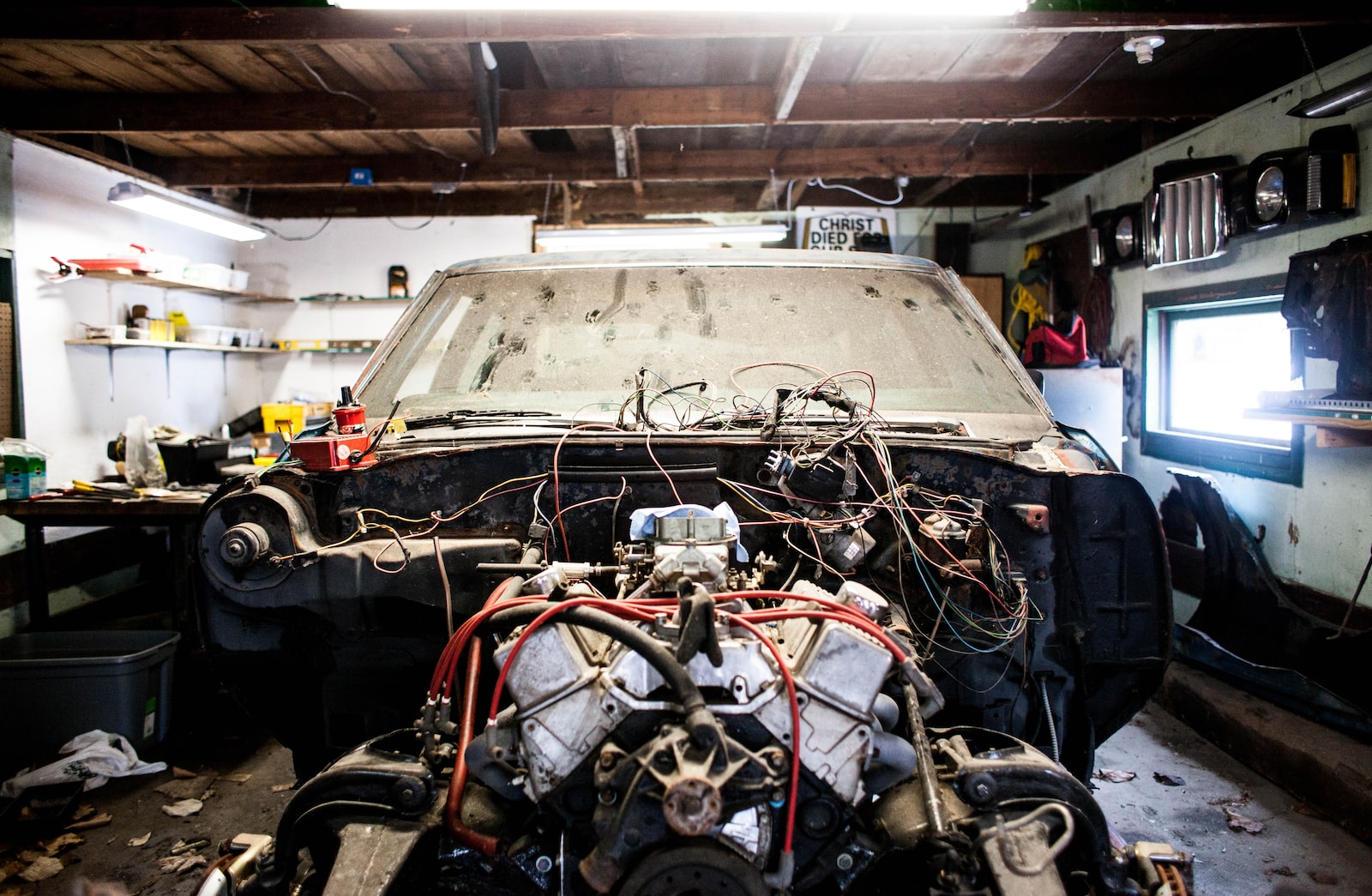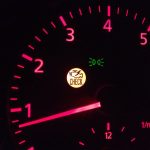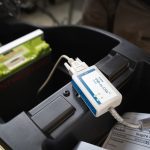Table of Contents
- Introduction to our comprehensive guide on Error Code P1450 in Automobiles.
- 1. Causes of Error Code P1450 in Cars
- 2. Reasons for Error Code P1450 in Cars
- 3. Symptoms of Error Code P1450 in Cars
- 4. Diagnosis of Error Code P1450 in Cars
- 5. Ways to Avoid Error Code P1450 in Cars
- 6. Solutions to Fix Error Code P1450 in Cars
- 7. Common Questions About Error Code P1450 in Cars
- Frequently Asked Questions about Error Code P1450
- Conclusion
Introduction to our comprehensive guide on Error Code P1450 in Automobiles.
Car trouble is no fun. Nothing can put a damper on your day like seeing an error code pop up when you turn the key in your ignition. If that code reads P1450, then it’s time to take action. This article will explain what this particular error code means, what causes it, and how to fix and avoid it.
Error Code P1450 is one of many codes used by mechanics to identify potential issues with a car’s fuel system or evaporative emissions control (EVAP) system. It indicates that there may be a problem with the EVAP pressure sensor, which monitors changes in the fuel tank’s vapor pressure as gas is added to or released from the tank over time. Understanding why this happens and how to prevent it are keys to keeping your car running smoothly.
Cars require regular maintenance, including topping off fluids, checking tire pressure, and replacing worn parts—but don’t forget about those pesky error codes! Learning more about Error Code P1450 and taking steps to address its underlying cause can help you keep your car running for years to come. Keep reading for all the details!
1. Causes of Error Code P1450 in Cars
Error code P1450 is a common trouble code for cars with onboard diagnostics. It usually means that there has been an issue detected in the evaporative emission control system (EVAP). The EVAP system helps prevent fuel vapors from escaping into the atmosphere, so when it malfunctions, it can cause serious environmental damage and reduce engine efficiency.
The most likely causes of this error code include faulty parts or components such as a gas cap, purge valve, leak detection pump, vent solenoid, or sensors. A problem with any of these could result in too much pressure being built up inside the EVAP system, which will trigger the P1450 code. In addition, worn seals on hoses and pipes leading to the tank may also be at fault since they won’t be able to hold enough vacuum to keep the system running properly.
To avoid getting this error code in the future, regular inspections should be done on all of the EVAP-related components. Additionally, replacing old and worn-out parts before they fail completely can help save time and money down the road. As far as fixing existing problems goes, you should start by checking for loose connections or clogs in any part of the system before looking further into possible replacements for broken components.
2. Reasons for Error Code P1450 in Cars
The error code P1450 is something that many car owners encounter, with an estimated 25 million vehicles in the US alone being affected. To understand why this code arises and what can be done to address it, it requires some insight into how cars’ emissions systems work.
The primary reason for a P1450 error code appearing is due to issues within the Evaporative Emissions System (EVAP). The EVAP works by capturing any fuel vapors produced during refueling or while driving and storing them in a charcoal canister. If one of its components fails, such as faulty valves, hoses, sensors, or other parts, it will not function properly, resulting in a P1450 error code.
Fortunately, addressing most causes of the issue doesn’t require major repairs; instead, replacing damaged or worn-out components should make things right again. It’s also possible for DIYers to diagnose and fix problems themselves if they have the necessary tools and skillset. However, if you’re unsure about doing so yourself, then it’s best to get professional help from an auto mechanic who will be able to identify exactly what needs fixing and ensure everything is working correctly once again.
3. Symptoms of Error Code P1450 in Cars
The warning sign of error code P1450 in cars can be likened to a ticking time bomb, waiting to cause havoc on the roads. Symptoms of this issue should not be taken lightly, as they can range from minor inconveniences to complete engine failure if left unchecked.
Firstly, drivers may notice that their vehicle is misfiring or has reduced power while driving. This could indicate faulty fuel tank vapors that are causing an imbalance in the system and thus preventing efficient combustion. Additionally, there might also be increased levels of carbon monoxide detected within the exhaust fumes coming out of the car’s tailpipe.
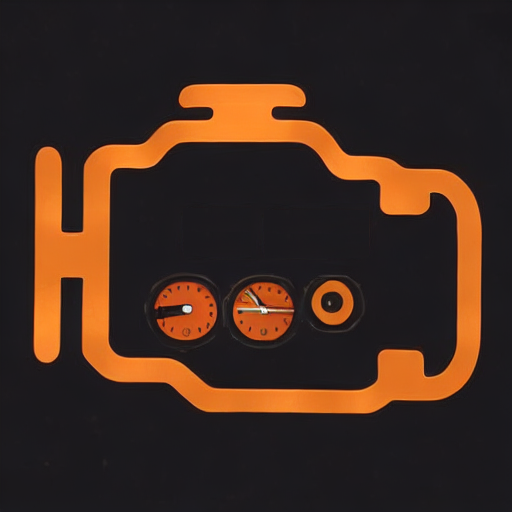
Common symptoms associated with this fault include:
- Reduced Fuel Efficiency
- Unusual Smells Coming From The Exhaust Pipe
- Increased Engine Temperature
- Difficulty Starting Up The Vehicle
- Malfunctioning dashboard warning lights
It is important for drivers to take preventive measures when it comes to maintaining their car’s health; such issues can lead to costly repairs if neglected for too long. Common causes behind these faults include clogged fuel tanks, worn-out spark plugs, and damaged oxygen sensors, among others. Regular servicing and inspection by professionals can help identify signs early on and fix them before any further damage occurs.
4. Diagnosis of Error Code P1450 in Cars
Diagnosing error code P1450 in cars can be a daunting task. It’s like attempting to solve a complex puzzle with hundreds of pieces, and you don’t know where the starting point is. The challenge then becomes figuring out what caused it, how to avoid it, and ways to fix it.
To get started on this perplexing journey, one must first understand that this particular issue is related to the evaporative emissions system (EVAP). This system helps prevent fuel vapors from entering the atmosphere by collecting them for later use or burning off any excess vapor. When there is a problem with the EVAP system, such as a vacuum leak from one of its parts that is too small, the computer will notice the problem and set off error code P1450.
When diagnosing this specific problem, mechanics should begin with simple inspections of all connected hoses and lines, looking for signs of cracking or wear-and-tear that could indicate a vacuum leak. If found during the inspection, these problems can usually be easily fixed using some basic tools and replacement parts. However, if nothing appears to be outwardly damaged, more thorough tests may need to be done involving smoke machines or pressure testing equipment. Using these methods, technicians can accurately identify potential issues within the EVAP system so they can quickly repair them and reset the check engine light before any further damage occurs.
5. Ways to Avoid Error Code P1450 in Cars
It was almost like a coincidence; every time I drove my car, it seemed to indicate an error code of P1450. After diagnosing the issue, I realized that this was going to be a persistent problem if I didn’t take action soon. But how could I avoid such an issue in the first place?
There are quite a few things one can do to prevent this from happening again. The first step is to keep your vehicle in good working order by replacing fluids and getting tune-ups as needed. This ensures that all components of your car are up-to-date and functioning properly. Additionally, you should check for any signs of corrosion or wear and tear on parts associated with the system where the error code appeared; this may help identify potential issues before they become more serious ones.
Lastly, be sure to keep track of any warning lights or messages displayed on your dashboard, as these can provide clues as to what might be causing the problem in the first place. Taking note of any changes in performance or sounds coming from your engine will also help you better understand why certain codes appear and act accordingly. All in all, preventing errors with code P1450 requires vigilance but can save you time and money down the road!
6. Solutions to Fix Error Code P1450 in Cars
Turning a blind eye to error codes can be like playing with fire. In this case, the code is P1450 and acts as a warning sign that something needs attention. So let’s take a look at how we can identify, avoid, and fix it.
First off, there are several things you need to do to prevent this issue from occurring in the first place. One way is by ensuring your vehicle’s emissions system is functioning properly; for instance, if you have an EVAP (evaporative emission control) system malfunction or leak, then it could trigger the code. Additionally, make sure all of the hoses connected to your car’s fuel tank are secure and free of leaks; leaving any one of these issues unchecked will likely result in P1450 being triggered eventually.
In terms of fixing the problem once it has been identified, don’t panic! The main action here is simply to repair or replace whatever part was causing the issue initially, such as replacing faulty sensors or valves or even repairing existing hoses or tubes with holes or cracks in them. Doing so should get rid of the trouble code altogether and keep your car running smoothly again—no sweat!
7. Common Questions About Error Code P1450 in Cars
Fixing error code p1450 in cars can be a daunting task, like trying to fit a square peg into a round hole. It’s important to understand the cause of this issue, as well as possible solutions and ways to prevent it from happening again. With that said, here are some common questions about the error code P1450 in cars.
What is the cause of error code p1450? This code usually appears when there is an emissions system malfunction due to either a faulty evaporative emission (EVAP) control system or a faulty charcoal canister valve. The EVAP controls fuel vapors that escape from your vehicle’s engine and replenishes them back into your car’s gas tank. If these parts aren’t working properly, then you may get this code on your dashboard.
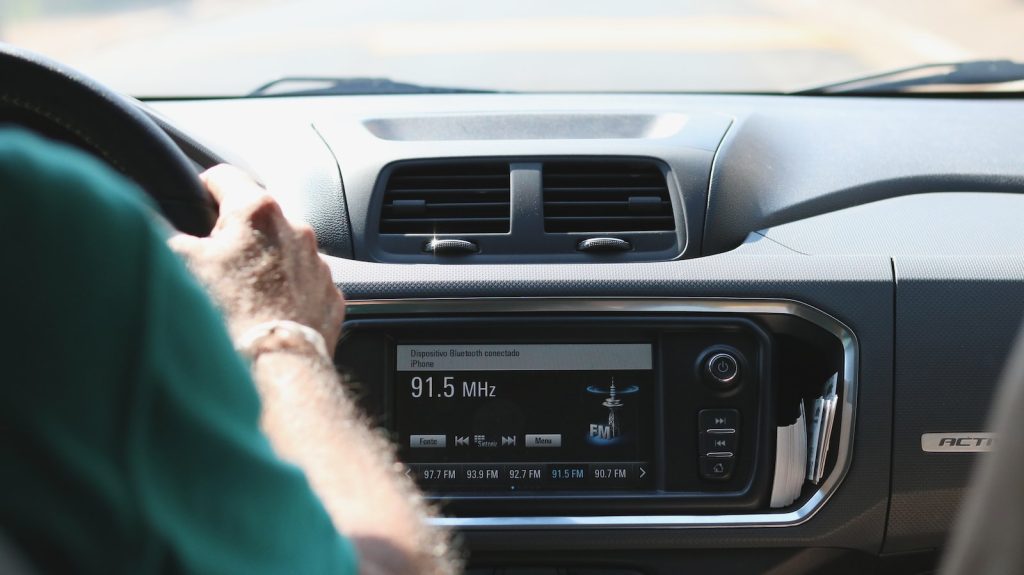
How do I avoid getting this error code again? Regular maintenance is key to preventing errors such as this one from occurring. Make sure you check all relevant components regularly and replace any worn-out parts with new ones if necessary. Another way of avoiding this problem could be by using premium-quality gasoline with detergents added to clean out the carbon deposits in the intake valves, which might lead to issues in the long run.
It’s also crucial to use genuine OEM replacement parts since generic aftermarket replacements often don’t last very long and won’t do much good when it comes to fixing problems related to your car’s computer systems, such as error codes like p1450. Additionally, make sure you always keep up with regular inspections so that any potential issues can be addressed before they worsen over time and cost more money down the line!
Frequently Asked Questions about Error Code P1450
Error code P1450 is a common issue for many vehicle owners, but certain types of cars are more susceptible to it than others. Drivers of Honda vehicles—particularly those with the Odyssey and Pilot model years ranging from 1999 to 2004—will want to be especially mindful of this fault code due to its prevalence in these models.
It’s important to note that error codes like P1450 aren’t necessarily indicative of something major going wrong in your car; they can also appear when small components malfunction or become blocked by debris. It’s worth taking the time to properly diagnose what might be causing yours so you don’t find yourself shelling out big bucks on an unnecessary repair.
Fortunately, there are several ways drivers can save themselves some money and avoid having their vehicles towed off to the shop. For example, if your gas cap isn’t completely sealed after refueling, it could be triggering the check engine light, in which case all you need to do is take it off and put it back on securely! In addition, cleaning out any clogged air filters may help as well. Ultimately, whatever the cause of error code P1450, proper maintenance will go a long way toward keeping your car running smoothly.
Let’s face it: when your car starts throwing error codes like p1450, the next dreaded question is how much it’ll cost to repair.It can be a tough pill to swallow; no one likes spending money they weren’t expecting to shell out. But alas, if you want your ride back on the road, there’s usually no getting around it.
The good news is that repair costs for this particular code aren’t too bad in comparison with other issues. If you’re lucky enough that all you need are new fuel caps or EVAP system parts, then shop labor and parts may only run about $80–200 in total, depending on where you go. Of course, if the problem turns out to be more complicated than expected, such as requiring additional sensors or replacing the entire EVAP system, the costs could quickly escalate into the hundreds of dollars or higher.
So while repairing error code p1450 doesn’t necessarily break the bank, it definitely pays off to get ahead of any potential problems by having regular maintenance done before they become bigger expenses down the line. Taking the time now for preventative care can end up saving you a lot of time and money later!
When looking for ways to fix the issue, recalls are important to consider as they may provide valuable information about how to best address the issue at hand. Car manufacturers have issued several recalls related to error code P1450 over the past few years, so checking if your car qualifies is highly recommended before attempting any repairs yourself.
Is There A Way To Reset The P1450 Error Code After Repair?
When it comes to error codes such as P1450, resetting the code is essential for proper diagnostics and maintenance. This can be a tricky process, however, so understanding how to do it correctly is key. Here are some helpful tips on how to reset the error code after repair:
- Check System Status: First and foremost, you should check your system status before attempting any repairs or resets. Make sure all connections are secure and that no other issues exist within the system. If all looks good, then proceed with resetting the code.
- Reset Error Code: After confirming your vehicle’s system status is fine, there are two ways of resetting the error code—manually or electronically. For manual resets, refer to your car’s owner’s manual for step-by-step instructions; however, if you have access to an OBD2 scanner tool, this will make the job much easier!
- Test Drive & Confirm Results: Once the reset has been completed successfully and all errors have been cleared from the ECU memory, take your car out for a test drive to ensure everything is working properly. Be sure to keep an eye on any indicator lights in case they come back on post-reset.
Resetting a P1450 error code isn’t always easy, but following these steps can help save time and money by ensuring a successful outcome every time. With careful attention paid to both system status checks prior to resetting as well as testing drives afterward, drivers can rest assured knowing their vehicles are running safely and optimally again!
How Long Does It Take To Diagnose And Fix Error Code P1450?
Error code P1450 is a common issue in cars and can have serious implications if not taken care of. Diagnosing and fixing the error requires special attention from an experienced professional, as well as patience for the process to be completed successfully. So how long does it take? Let’s find out.
The diagnosis phase usually takes around 30 minutes. This includes inspecting all components that are related to the problem, such as fuel tanks or vapor hoses. After this inspection, the mechanic will disconnect and reconnect certain parts to see which one is causing trouble with the system. If they don’t come up with any solutions during this step, they may proceed to use special diagnostic tools like scanners or oscilloscopes to figure out what’s wrong with the car’s computer systems. You can do it with a tool like this, and OBD 2 reader:
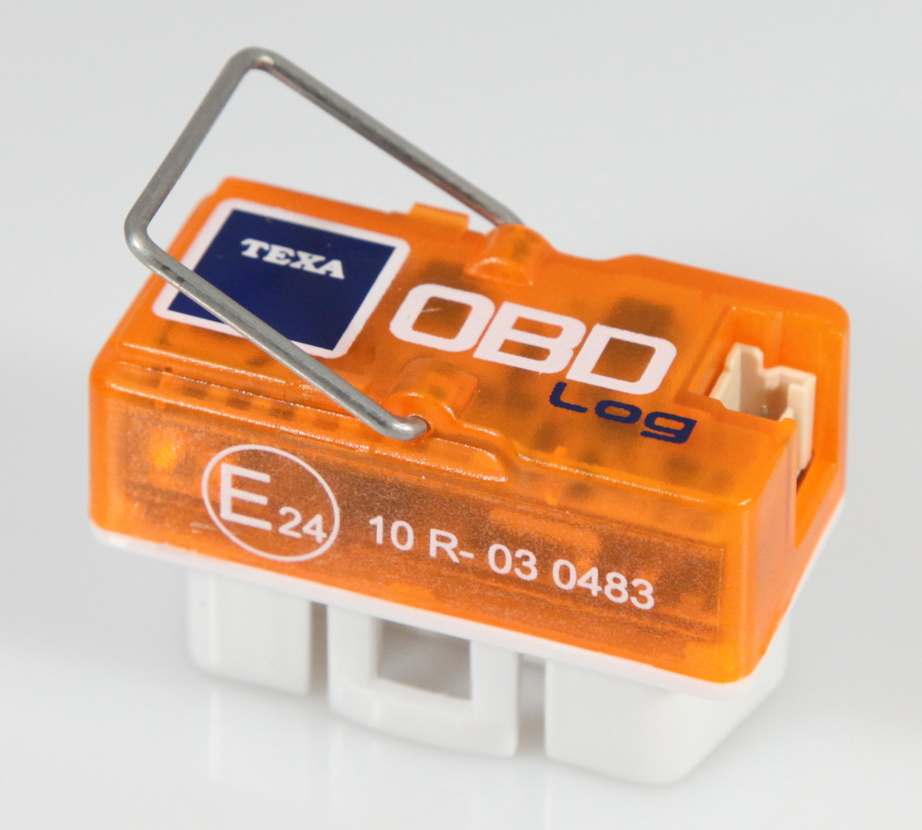
If a fault is detected after using these tools, then comes the repair phase, where everything has to be properly replaced and put back together again. Depending on various factors like the complexity of repairs and the availability of replacement parts, this part of the process could take anywhere between 1-2 hours or much longer than that. So diagnosing and fixing error code P1450 can range between 1–3 hours, depending on the severity of the damage caused by malfunctioning parts!
Conclusion
It’s important to be aware of common error codes in cars, such as Error Code P1450. It can cost a significant amount of money and time to repair this issue, so it’s best to try and avoid the problem altogether. Many makes and models are prone to this type of issue, but fortunately, there have been some recalls related to it that may help you out.
Once your car is repaired, it’s also essential to reset any error codes associated with P1450. This will ensure the code won’t come up again if you experience a similar problem in the future. I recommend doing this after every repair job on your vehicle, just in case something goes wrong down the road.
Overall, Error Code P1450 can be an expensive headache for many drivers. Thankfully, proper maintenance and preventive measures can go a long way towards avoiding these types of issues, saving you time and money in the process! If all else fails, however, make sure you know how much time and resources it’ll take to diagnose and fix this particular error code before taking action.

